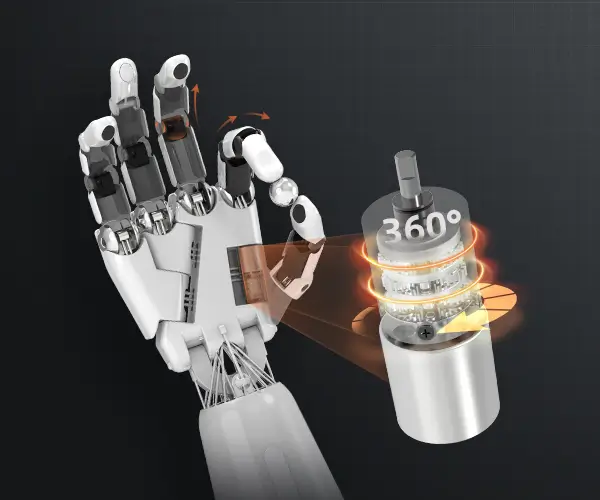Ever find yourself tinkering with a tiny robot and scratching your head over those tiny pins on a micro servo motor? Yeah, that little cluster of connectors can seem like a mystery, but it’s really just a gateway to smooth and precise control. When you understand the pinout, things start to make sense—kind of like having a secret map to unlock the motor’s full potential.

So what’s the deal with these pins? Each one has a specific role, but they look similar at first glance. Typically, you’ll see pins for power, ground, and signal. It might look straightforward, but those connections are the backbone of reliable operation. For instance, connecting the positive power supply to the Vcc pin and the ground to GND is basic, but the signal pin—sometimes labeled as PWM or control—dictates how the servo moves. Imagine linking a tiny robot arm to a controller and suddenly it’s doing exactly what you want, no jitter, no hesitation.
People often ask, “Can I swap these pins around?” The answer is a firm no unless you want smoke—literally. Each pin’s position and function are set in stone to prevent mishaps during installation. Reading the datasheet, which maps out every pin’s role, is essential. Missing that step? You might end up with a servo that’s dead on arrival or, worse, damaged.
Think about this: when the servo receives the right signals through those pins, it translates electrical pulses into movement. It’s like giving a command—“move this way,” “stop,” “go back,”—all through that tiny signal wire. The real trick is to match the voltage and current specifications. Too high, and goodbye motor. Too low, and it stutters or refuses to move.
Sometimes, I wonder—why does it matter so much? Because precision matters, especially in robotics projects that demand tight control. Whether you’re building an RC aircraft or a robotic arm, understanding the pinout ensures your connections are solid. It’s kind of like knowing which wires to strip before soldering—basic, but crucial.
If a newbie asks me, “What’s the most important thing to remember about a micro servo pinout?” I’d say, focus on the power supply and control signals. Get those right, and the rest falls into place. Your servo will thank you with smooth, accurate movements. And honestly, diving into its pinout can be pretty fun—you start to see how a tiny motor becomes a dance partner in your robot’s dance routine.
People love the feeling of connection, of mastering something small but vital. Understanding the pinout isn’t just technical jargon—it’s unlocking the potential to build smarter, more reliable machines. So next time you look at that tiny cluster of pins, know that each one has a story, a purpose, and the power to turn your project from okay to awesome.
Established in 2005, Kpower has been dedicated to a professional compact motion unit manufacturer, headquartered in Dongguan, Guangdong Province, China.




































